Fernando Gallego
30 / 91
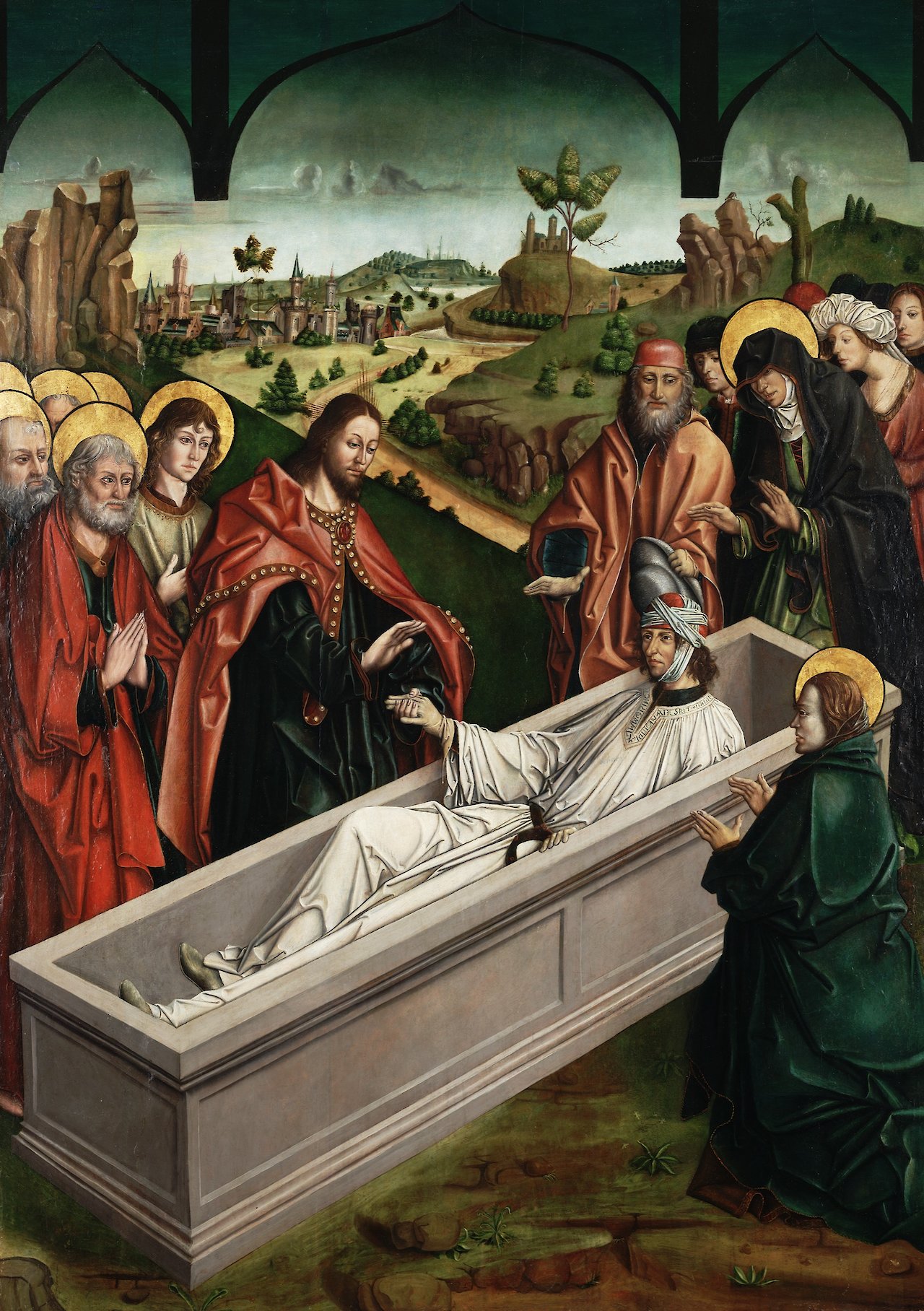
The Raising of Lazarus
by Fernando Gallego, circa 1480–1488
- Medium
- Oil on panel
- Dimensions
- 61 x 43.5 in
- Credits
- University of Arizona Museum of Art, Tucson, Arizona, Gift of Samuel H. Kress Foundation, 1961.013.039
- Location
- University of Arizona Museum of Art
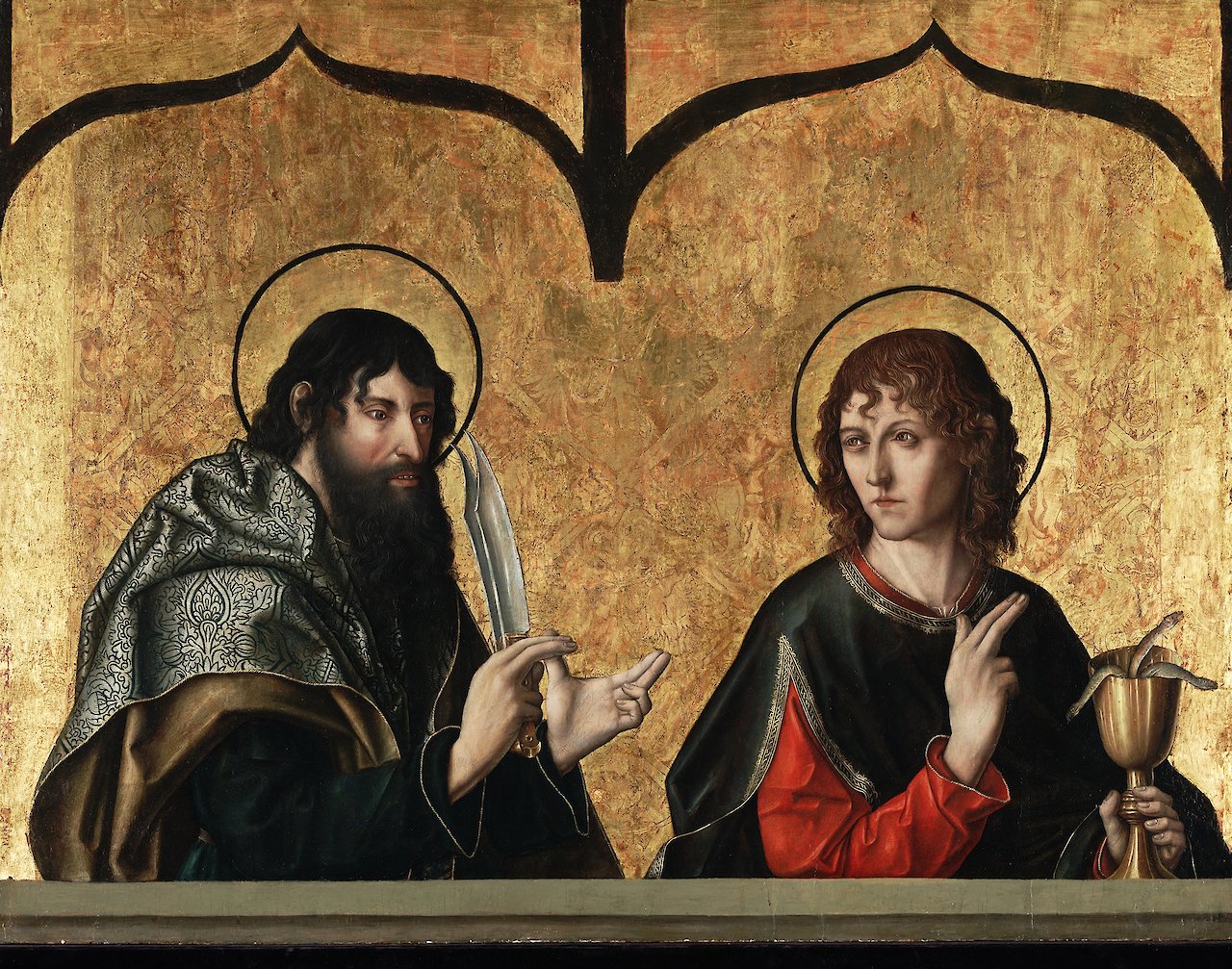
Saints Bartholome and John the Evangelist
by Fernando Gallego, circa 1480–1488
- Medium
- Oil on panel
- Dimensions
- 33.2 x 43.5 in
- Credits
- University of Arizona Museum of Art, Tucson, Arizona, Gift of Samuel H. Kress Foundation, 1961.013.054
- Location
- University of Arizona Museum of Art
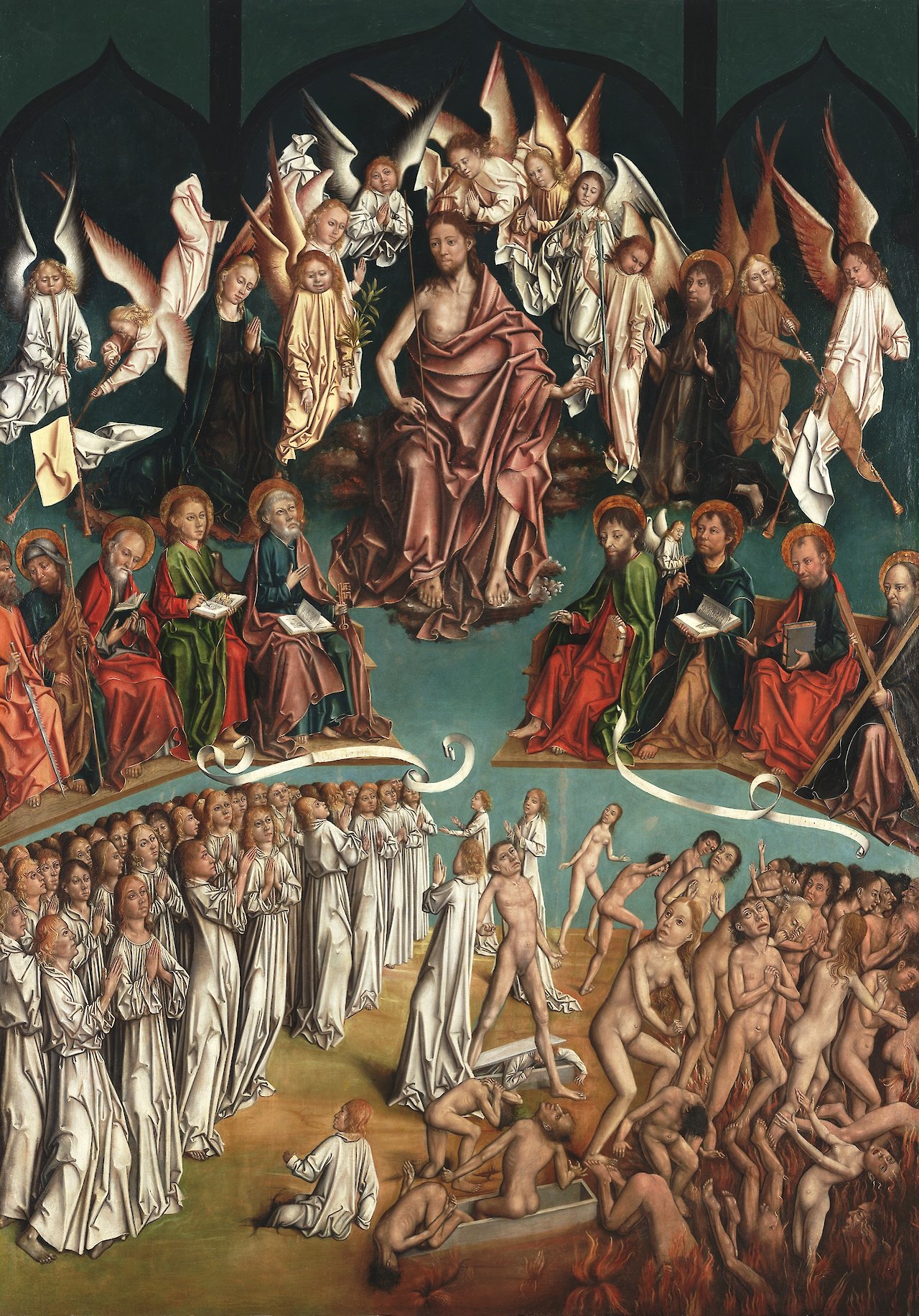
The Last Judgment
by Fernando Gallego, circa 1480–1488
- Medium
- Oil on panel
- Dimensions
- 60.5 x 43.5 in
- Credits
- University of Arizona Museum of Art, Tucson, Arizona, Gift of Samuel H. Kress Foundation, 1961.013.052
- Location
- University of Arizona Museum of Art
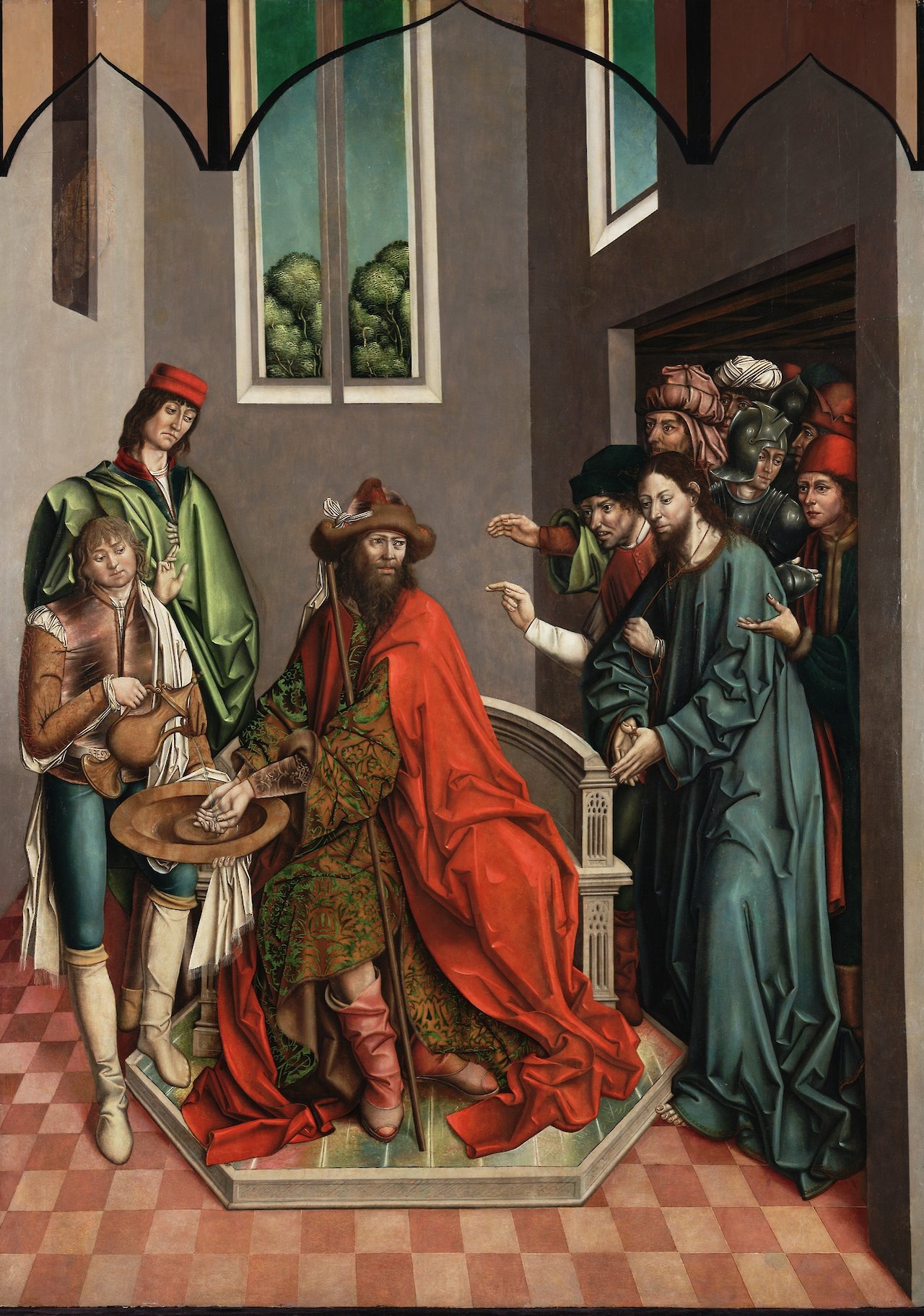
Pilate Washing His Hands
by Fernando Gallego, circa 1480–1488
- Medium
- Oil on panel
- Dimensions
- 60.7 x 43.5 in
- Credits
- University of Arizona Museum of Art, Tucson, Arizona, Gift of Samuel H. Kress Foundation, 1961.013.046
- Location
- University of Arizona Museum of Art
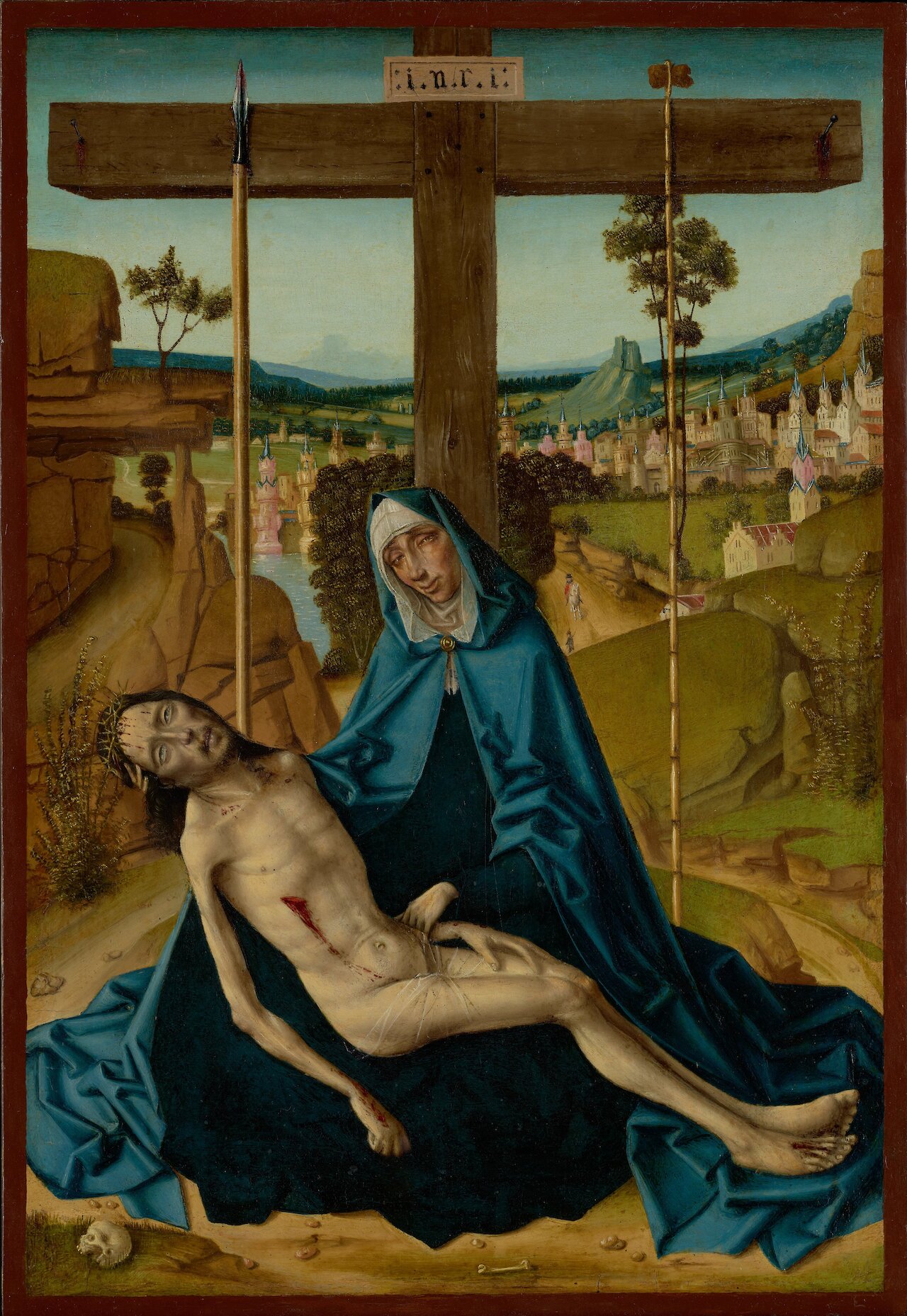
Pietà
by Fernando Gallego, circa 1490–1500
- Medium
- Oil on panel
- Dimensions
- Unframed: 49.8 × 34.3 cm (19 5/8 × 13 1/2 in); framed: 55.9 × 40.6 × 5.1 cm (22 × 16 × 2 in)
- Notes
By the circle of Fernando Gallego.
In this depiction of the lamentation of Christ, Fernando Gallego looked to Northern European paintings for inspiration but included distinctly Spanish elements such as a subdued palette and unidealized figures. Unlike Netherlandish artists who were interested in depicting the natural world in minute detail, Gallego concentrated on the pietà's psychological and emotional impact, eliminating extraneous or distracting elements.
The Virgin Mary sits in front of the cross, gazing at her dead son in her lap. On the ground around them are several pebbles, a bone, and a skull. A lance and a rod with attached sponge, two instruments from the Passion, lean perfectly vertically against the cross, which is inscribed with the initials i.n.r.i. Behind the cross a rocky landscape overlooks a Gothic walled town, settled between a body of water and verdant countryside that stretches into the far distance.
Gallego focused on the moment after the Crucifixion when overwhelming anguish gave way to resigned misery, the sentiment evident in the grief-stricken face of the Virgin, flushed and swollen from weeping. Christ's broken and emaciated body, his eyes unseeing, stretches awkwardly across her lap. Their exaggerated and unidealized features intensify the pathos central to the theme of the pietà.
- Location
- J. Paul Getty Museum